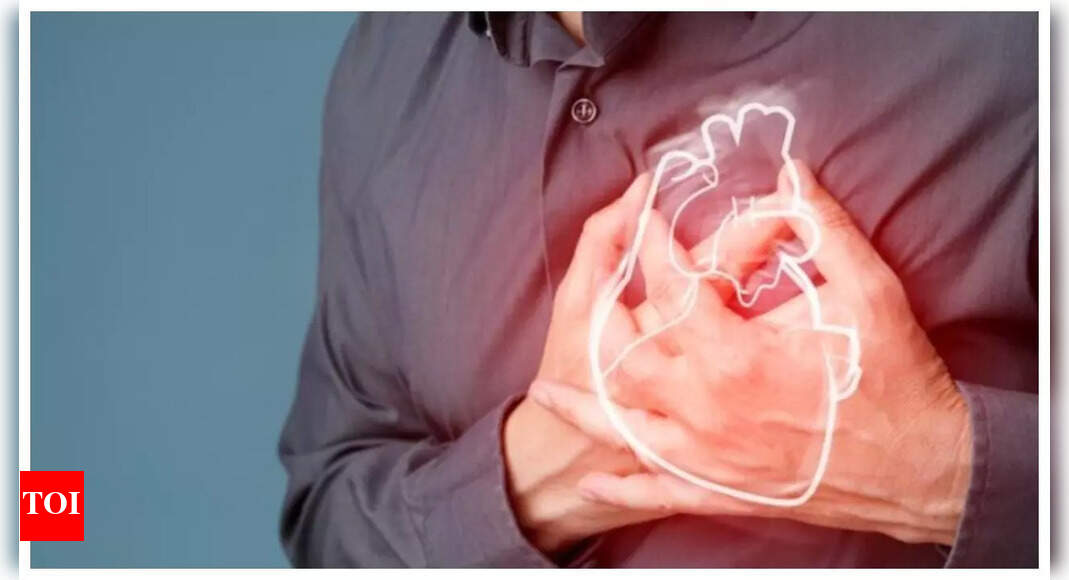When Napoleon marched into Russia in 1812, he brought with him the largest army Europe had ever seen. When he limped back out, he’d met his match — not in muskets or cannon fire, but in microbes.
Researchers who analyzed DNA from the teeth of soldiers who died during the retreat from Moscow say they have identified two diseases that devastated the emperor’s vaunted Grande Armée.
Ever since 1812, “people have thought that typhus was the most prevalent disease in the army,” said Nicolás Rascovan, the head of the microbial paleogenomics unit at the Institut Pasteur and an author of the study, published in the journal Current Biology.
Using a technique called shotgun sequencing, Rascovan and his team were able to analyze ancient DNA from the dental remains of 13 soldiers found near Vilnius, Lithuania, and identify two “previously undocumented pathogens.”
“We confirmed the presence of Salmonella enterica belonging to the Paratyphi C lineage,” he told NBC News, referring to the bacteria responsible for paratyphoid fever, as well as “Borrelia recurrentis, the bacteria responsible for relapsing fever,” which causes episodes of fever.
These diseases would have thrived where people “were under very poor sanitary conditions or hygiene,” he added.
The findings fit with historical descriptions of the symptoms experienced by soldiers in Napoleon’s army, such as fever and diarrhea, the researchers said in the study.
A “reasonable scenario” for the deaths would be a “combination of fatigue, cold, and several diseases, including paratyphoid fever and louse-borne relapsing fever,” they wrote.
“While not necessarily fatal, the louse-borne relapsing fever could significantly weaken an already exhausted individual,” they added.
Unlike a 2006 study that found traces of the bacteria that cause typhus or trench fever in four individuals among a group of 35, the team found no traces of those diseases.
But Rascovan said that while the earlier study was limited by the technology of the time, its results remained valid and, coupled with the new findings, gave a better picture of the conditions that laid waste to Napoleon’s army.
“Finding four different pathogens in such a number of individuals, it really shows that there were a high prevalence of infectious diseases of all kinds,” he said.
By the time Napoleon’s troops had retreated, an estimated 300,000 men had died. Even an emperor, it seems, can’t outmarch a microbe.
First Appeared on
Source link












